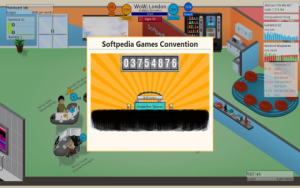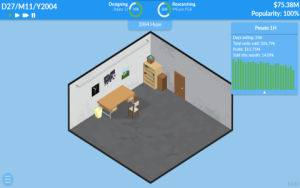game dev android hardware engineer
Okay, so I’ve been messing around with Android stuff for a while, mostly building apps and simple games. But I always wanted to dig deeper, you know? Get into the nitty-gritty of how this stuff actually works on the hardware level. So, I decided to take a shot at understanding the hardware side of game development on Android.
First thing I did was hit up Google. Lots and lots of searching. I mean, I knew the basics – CPU, GPU, RAM, all that jazz. But I needed to understand how they specifically played together in an Android gaming environment.
I started by reading up on ARM architecture. Since most Android devices run on ARM processors, I figured that was a good place to start. It was tough, I’m not gonna lie. Lots of technical documents and diagrams that made my head spin. But I kept at it, focusing on the parts that seemed most relevant to graphics and processing power.
Then I moved onto GPUs. I found out that different Android devices use different GPUs, like Adreno, Mali, and PowerVR. Each has its own quirks and capabilities. I spent hours looking at benchmarks and trying to understand what made one better than another for gaming. It’s all about those frame rates, baby!
Getting My Hands Dirty
Reading is one thing, but I learn best by doing. So, I grabbed an old Android phone I had lying around and started experimenting. I downloaded some profiling tools, like the Android Studio Profiler and the Systrace tool. These let you see what the CPU and GPU are doing in real-time, which is super cool.

I loaded up some of my old game projects and started running them through the profilers. It was eye-opening! I could see exactly where the bottlenecks were – which parts of my code were hogging the CPU or GPU. I saw spikes in activity when loading large textures, and noticed the frame rate drop when I had too many objects on the screen.
- I started to change texture files format for testing performance.
- Played around with different levels of detail (LOD) for my 3D models.
- Trying to reduce draw calls by combining objects whenever I could.
It was a lot of trial and error. I’d make a change, run the profiler, see if it helped, and then tweak it again. Slowly but surely, I started to see improvements. My games ran smoother, the battery didn’t drain as fast, and I felt like I was actually understanding what was going on under the hood.
I’m still learning, of course. It’s a huge field, and there’s always more to discover. But it’s been an awesome experience so far. I feel way more confident about optimizing my games for Android now, and I’m excited to keep digging deeper into the hardware side of things.







